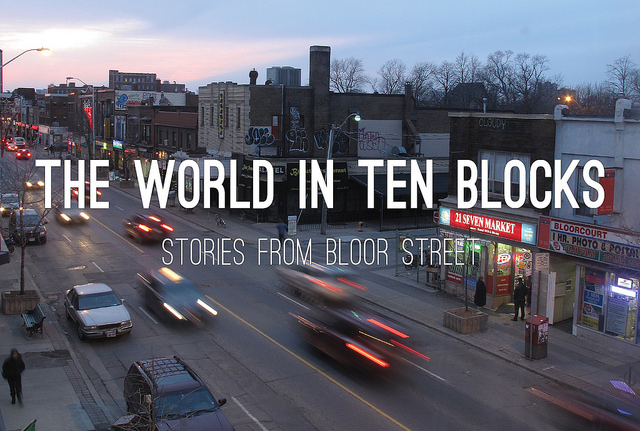Author: Caron Allen, Chair, Documentary Department, New York Film Academy Los Angeles

One of the most exciting developments in the non-fiction world is interactive storytelling, pairing documentary filmmakers with technologists to create a new form of online content.
The mediums we use are changing, as well as the distribution channels. We are no longer restricted to watching films on TV or in a theater. Web content can be viewed from a tablet or mobile device as well as on the computer. We can have a form of programming wherever we go in this new exciting time.
Introducing documentarians to programmers and web designers opens up new collaboration opportunities and creates new ways of telling stories that are not necessarily linear. Taking apart the elements of a story to consider the role of context, narrative, or lack thereof, challenges our thinking.
What if each person that sees a documentary has a different experience, one that depends on the decisions that the viewer makes? The film becomes an interactive story and can be seen as a unique experience each time it is viewed. It would break the linear control that directors have now if everyone can customize the story to some extent, creating a multi-dimensional experience.
Take for example a prototype of a web doc that I just saw at the PBS/POV Hackathon. It was called “The World in Ten Blocks.” It is a first person, point of view experience in which the user explores a neighborhood. The filmmakers chose a busy commercial street in a diverse neighborhood of ten blocks. The users navigate on their own, picking and choosing what interests them on the street. If we stop at a restaurant and then go in, we see and hear the dining patrons and sample their experience. We can choose to watch an interview with the owner which in and of itself is a mini documentary. We might choose to look at the menu or explore the kitchen as well.
The possibilities are endless based on our own interests and curiosity about the people and places on the street. Maybe we learn some of the history of the neighborhood as well. There are commercial aspects to this web doc as well and could address alternative ways for the filmmaker to get paid.
How we tell stories, how we make documentaries and how we finance and distribute our projects is changing. It’s an exciting time to be in our business!